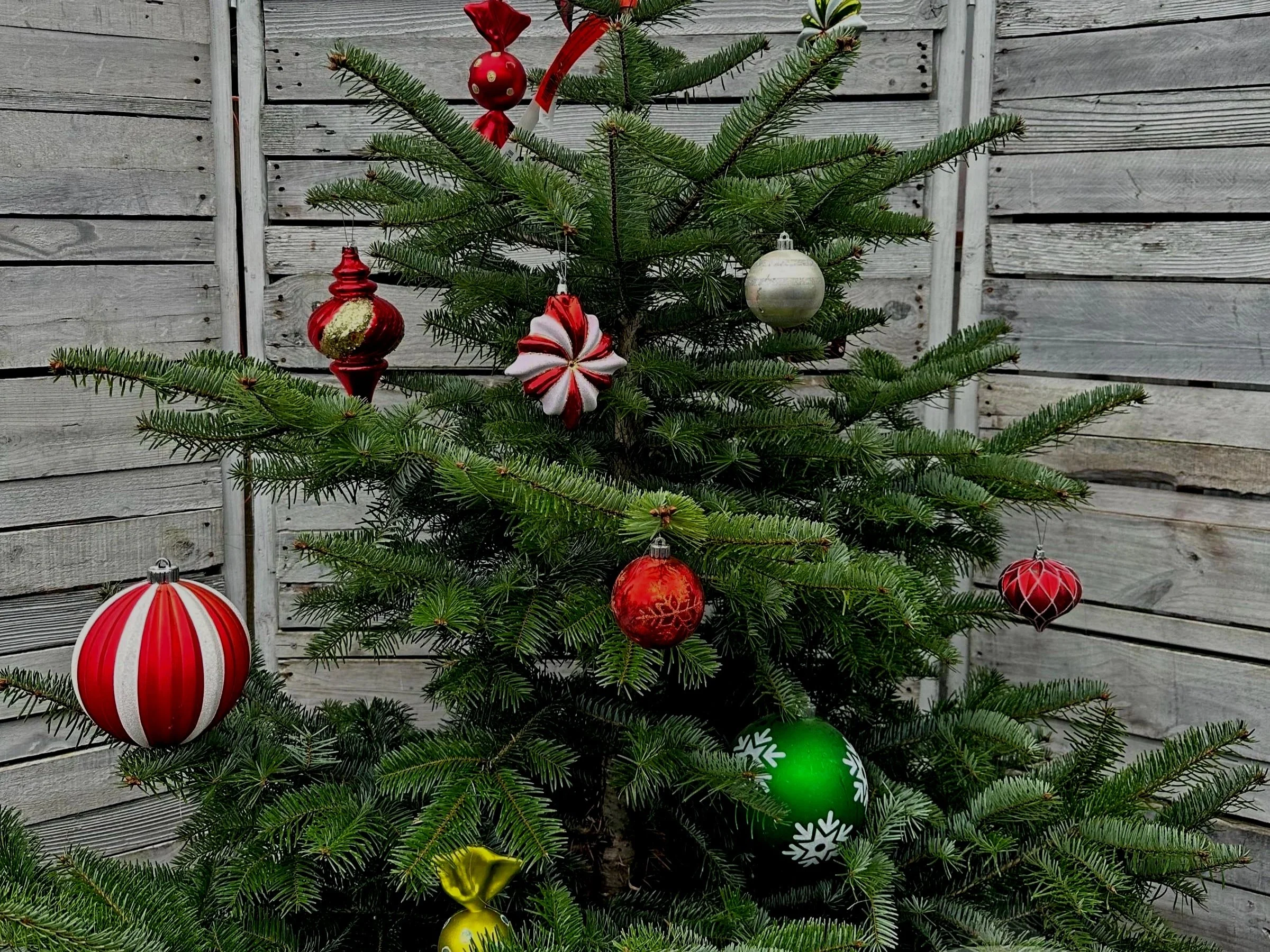Yes, this is a continuation of my “to do list” from last week with more chores to work on. Time to roll up those sleeves, put on the gloves, and get to work.
Lawns: February is still a relatively slow month for our lawns. Hopefully the moles are still hibernating and the moss hasn’t completely taken over. I usually recommend that we wait until March to mount a major attack on our turf areas. In the meantime, observe where there are drainage issues that you can correct in the summer and design features that might make it hard to mow, like tight corners. I am a big advocate for gradually increasing the flower and shrub beds while reducing the lawn areas because it allows us to introduce so much more variety into our gardens, which is good for pollinators and our general enjoyment. Also, if there are areas where the grass just won’t grow due to too much shade, consider doing something else like hardscaping with pavers or planting shade loving groundcovers.
Weeds. The more time we spend improving our soils and planting densely the less time we need to deal with weeds. Bare unimproved soil is a prime habitat for weeds and frankly, trying to garden in lousy soil really isn’t very much fun. If you are looking at a healthy crop of weeds growing in your beds, now is the time to remove them before they go to seed. A quick trip with the Hula-Hoe can make waste of them in no time flat. After you have cleaned up you can keep more weeds from returning by applying a weed preventer like Preen or Corn Gluten and then spreading some compost over the soil surface.
Vegetables. Think “root and shoots” when considering what to plant in February. Crops like carrots, beets, onions and potatoes can be planted now as well as broccoli, lettuce, cauliflower, cabbage, kale and peas. While it is fun to start plants from seed it often makes more sense to just buy transplants when you only need a few plants. With the exception of carrots, most vegetables are available as transplants from the garden center. Before you plant, always add some organic fertilizer, lime, and compost to the soil. Skipping this step can literally be the difference between success and failure.
Fruit trees: It’s time to apply a dormant spray to our fruit trees. Copper and oil is a dynamite combination that helps reduce insects and diseases. Also, sulfur and pyrethrum is a natural combination sold under the Bonide label as ‘Orchard Spray’ that helps control scab and mildew on apples and pears. Get your pruning done this month as well and apply an organic fertilizer so that it has time to decompose before spring arrives.
Berries: A dormant spray will help control rust and any overwintering insects, pruning will clean up any old canes that are done producing, and some fertilizer will give them something to eat as they wake up.
Go to the Northwest Flower and Garden Show. There is nothing that will get you in the mood for gardening faster than a trip to a flower show. This year, the show is late, running from February 25th through the 29th. If you want to have a really good time, plan on spending one night in Seattle to enjoy a nice meal and a more relaxed time at the show.


